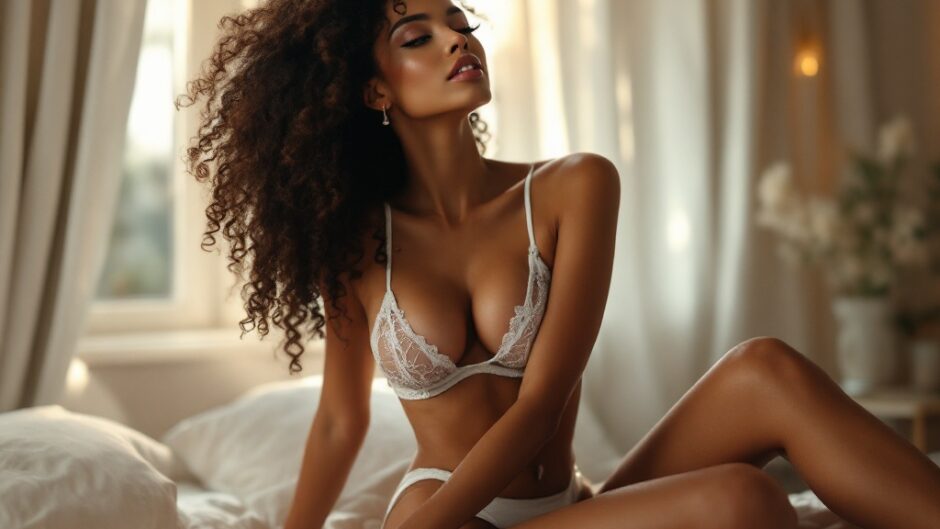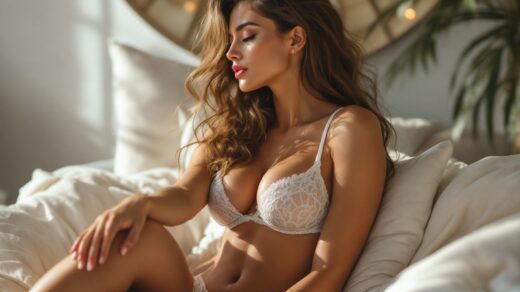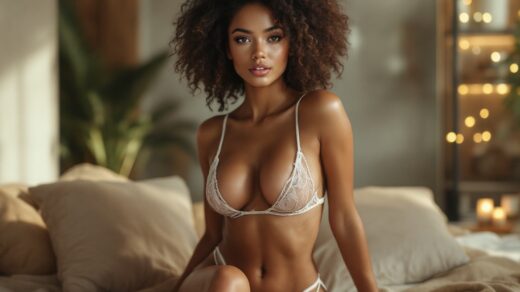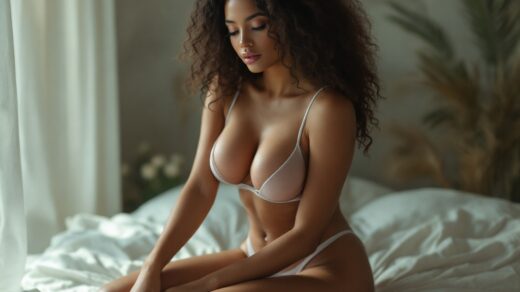In an era where technology melds exquisitely with human ingenuity, artificial intelligence (AI) is radically transforming the realm of erotic imagery. The times are long gone when skill was the exclusive avenue to crafting captivating visual art. In today’s world, AI not only supports artists but actively creates novel visuals that push the boundaries of conventional norms. This groundbreaking progress paves the way for fresh expressions of sexuality and sensuality. As we investigate the myriad ways AI influences erotic imagery, we can uncover how creativity, inclusivity, and ethical issues intersect in surprising manners. By examining various facets of this fascinating crossroad, our goal is to offer a thorough understanding of AI’s pivotal role in the evolution of erotic art.
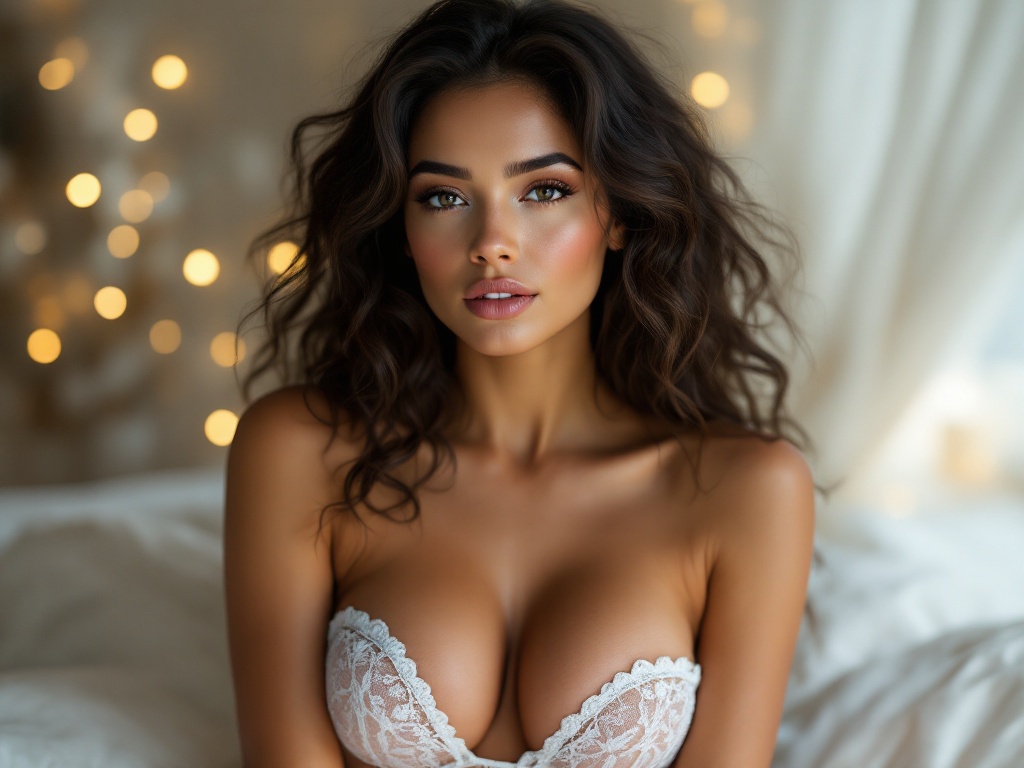
The Ascendance of AI in Visual Arts
As digital tools advance in sophistication, AI increasingly emerges as a collaborator in the realm of visual artistry. Armed with the ability to analyze and create, AI models are revolutionizing the dynamics of erotic image-making. Artists no longer work in solitude; they can engage in a partnership with AI to challenge limits and venture into uncharted artistic territories. Moreover, this collaboration often yields a richer, more eclectic array of artworks. The implications here are immense, not only spurring innovation but also democratizing the visual arts field, enabling creators from various backgrounds to contribute. This transformation heralds the arrival of an invigorating wave of creativity and unique perspectives.
The Advancement of AI in Artistic Creation
The technological backbone of AI in art is found in sophisticated algorithms capable of learning and adjusting based on extensive datasets. These models process visual data with a speed and depth that human artists cannot match. They can produce complex designs, realistic depictions, and even abstract explorations of erotic themes. For example, generative adversarial networks (GANs) have surged in popularity for their talent in crafting visually breathtaking art pieces. Significantly, these creations often amalgamate various artistic styles, merging traditional methods with contemporary aesthetics. Consequently, we observe a renewed interest in the erotic genre, inciting discussions and critiques about the essence of art and its provenance.
Broadening Access to Creation
AI tools are becoming increasingly accessible, empowering even amateur creators to craft visually stunning erotic art. This transformation substantially lowers the barriers that had previously limited many gifted individuals. Beginning artists are now free to delve into intricate themes and styles without the need for extensive formal training. This diverse array of creators enriches the visual landscape, culminating in a broader range of erotic expressions. Additionally, audiences gain from encountering a wider assortment of viewpoints on sexuality. Ultimately, AI cultivates a more inclusive and innovative atmosphere for creators of all kinds.
Transforming Aesthetics and Representation
One of the most exhilarating dimensions of AI-generated erotic visuals is its ability to redefine aesthetics and representation in previously unimagined ways. AI models not only excel in crafting visually attractive images but also in creating representations that resonate deeply with personal experiences and narratives. This progression promises to deliver a more nuanced and inclusive depiction of sensuality, moving past the traditional ideologies that have historically prevailed in the genre. As societal perceptions of attraction and identity evolve, AI’s role as a creative catalyst becomes ever more critical.
Tailoring and Personalization
Utilizing advanced machine learning methodologies, AI can scrutinize user preferences to produce customized visual content. This degree of personalization allows artists to cater to specific desires, fantasies, and interests, heightening viewer engagement. For example, users can provide input regarding body types, aesthetics, or scenarios to obtain tailor-made artwork. This capability not only enhances the consumer experience but also cultivates a sense of ownership and intimacy with the produced artwork. By addressing unique tastes, AI broadens the horizons of erotic representation, fostering deeper connections between art and its audience.

| Characteristic | Explanation |
|---|---|
| Customization | AI curates content specifically designed for individual preferences and fantasies. |
| Variety | Expanded representation of diverse body types, identities, and aesthetics. |
| Efficiency | Quick generation of multiple design options based on provided criteria. |
| Open Access | Open-source tools empower aspiring artists to create erotic art without hindrances. |
Ethical Questions and Challenges
While the many advantages of AI in erotic visuals are undeniable, it is essential to confront the ethical quandaries that arise amidst this evolving terrain. As AI can produce images that replicate or reinterpret human artistry, pressing questions regarding ownership and consent emerge. Artists must navigate the complexities of identifying who possesses the rights to AI-generated works—the creator of the AI, the user who provided input, or the original artists whose works informed the model. The commercialization of such art leads to further concerns about fair usage and potential exploitation, raising both legal and moral dilemmas.
Consent and Ownership Issues
The fusion of AI-generated visuals with live photography or classic artwork creates a murky area concerning consent. For instance, if an AI generates art inspired by a historical piece featuring identifiable attributes, who claims rights to the new creation? Such conundrums challenge our understanding of creativity and ownership in the digital realm. Moreover, artists must ensure that they uphold ethical standards while utilizing AI, advocating for a responsible approach that honors the origins and intentions of original works. As art consumers become increasingly cognizant of these matters, dialogues revolving around the rights and responsibilities of creators become all the more crucial.
Risks of Misuse
The capabilities of AI come with potential hazards, especially when wielded to create non-consensual or damaging content. Deepfake technology, for instance, has surfaced as a troubling application of AI that prompts significant ethical concerns about personal agency and portrayal. Cases of producing AI-generated erotic images that exploit or dehumanize individuals without their consent threaten to tarnish the promising potential of AI in art. This situation fosters a culture of skepticism within the digital sphere, questioning the authenticity and credibility of visual content. As the industry strives to confront these obstacles, finding a balance between innovation and ethical practice will be imperative.
Conclusion
As we traverse deeper into a future sculpted by artificial intelligence, the ramifications for erotic visuals are profound and nuanced. The technology not only ignites creativity and collaboration but also sparks pivotal conversations surrounding ethical practices and representation. While AI models present thrilling prospects for both artists and consumers, they also demand rigorous examination to navigate the complex terrain of ownership and consent. Taking strides towards a balanced approach of fostering innovation and ensuring ethical application is fundamental. Our comprehension of erotic art will inevitably continue to develop, driven by both technological advancements and the societal dialogues that accompany them. The future is indeed bursting with potential as we explore the convergence of AI and erotic expression.
Frequently Asked Questions
- What are AI models in the sphere of erotic visuals? AI models refer to algorithms capable of generating, altering, or analyzing erotic imagery, using extensive data to grasp and replicate artistic styles.
- How do AI models customize erotic content? AI analyzes user data and preferences to craft visuals that resonate with specific desires and fantasies.
- Are there legal protections available for AI-generated erotic art? The legal landscape for AI-generated art is intricate and still developing, with ongoing debates regarding copyright, ownership, and intellectual property rights.
- What ethical dilemmas arise in AI-generated erotic visuals? Central ethical issues encompass consent, ownership rights, the chances for exploitation, and the fabrication of non-consensual imagery.
- Can AI-generated erotic content be classified as art? This question is subjective and under debate within the art community, though many recognize AI-generated content as a legitimate form of artistic expression.
